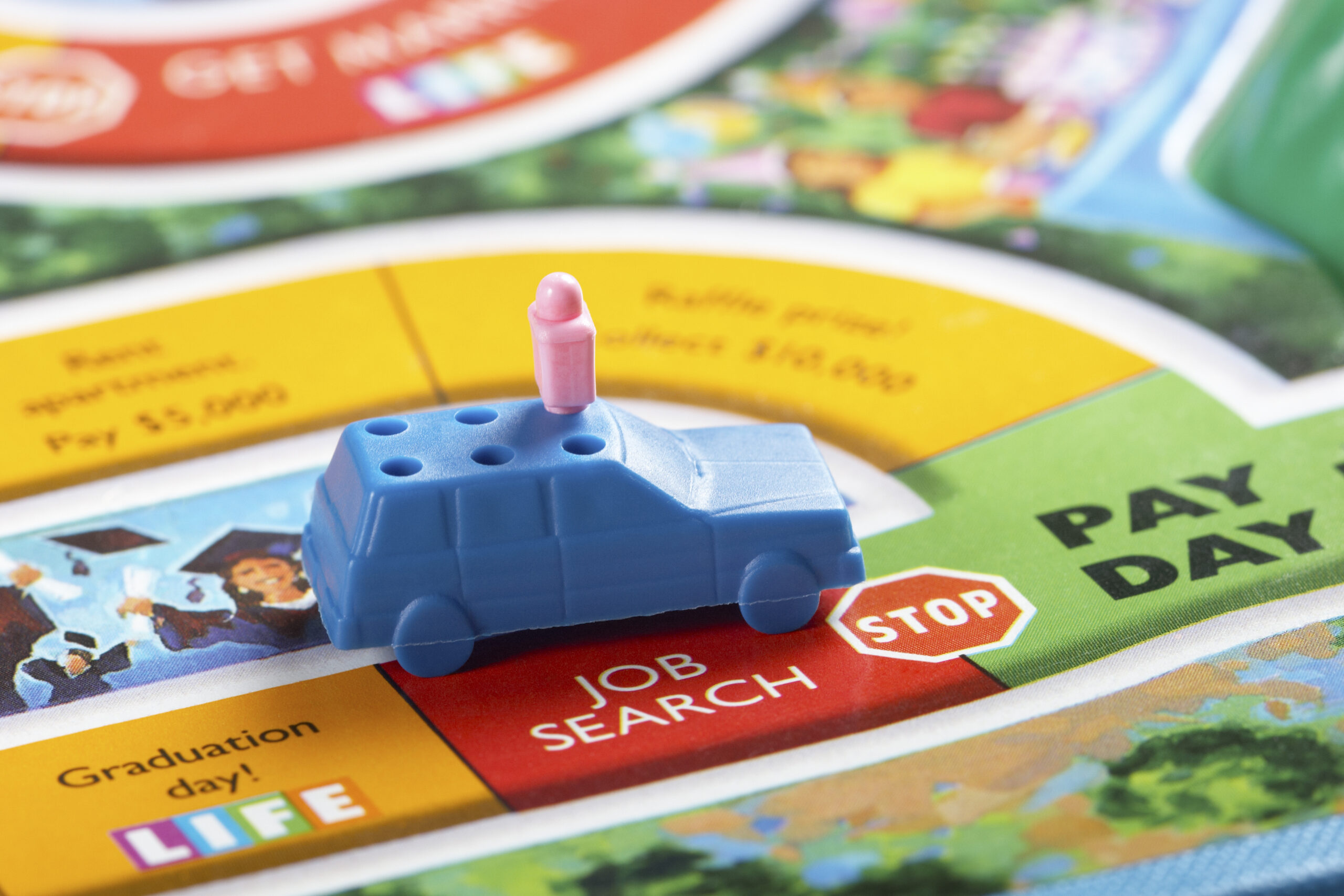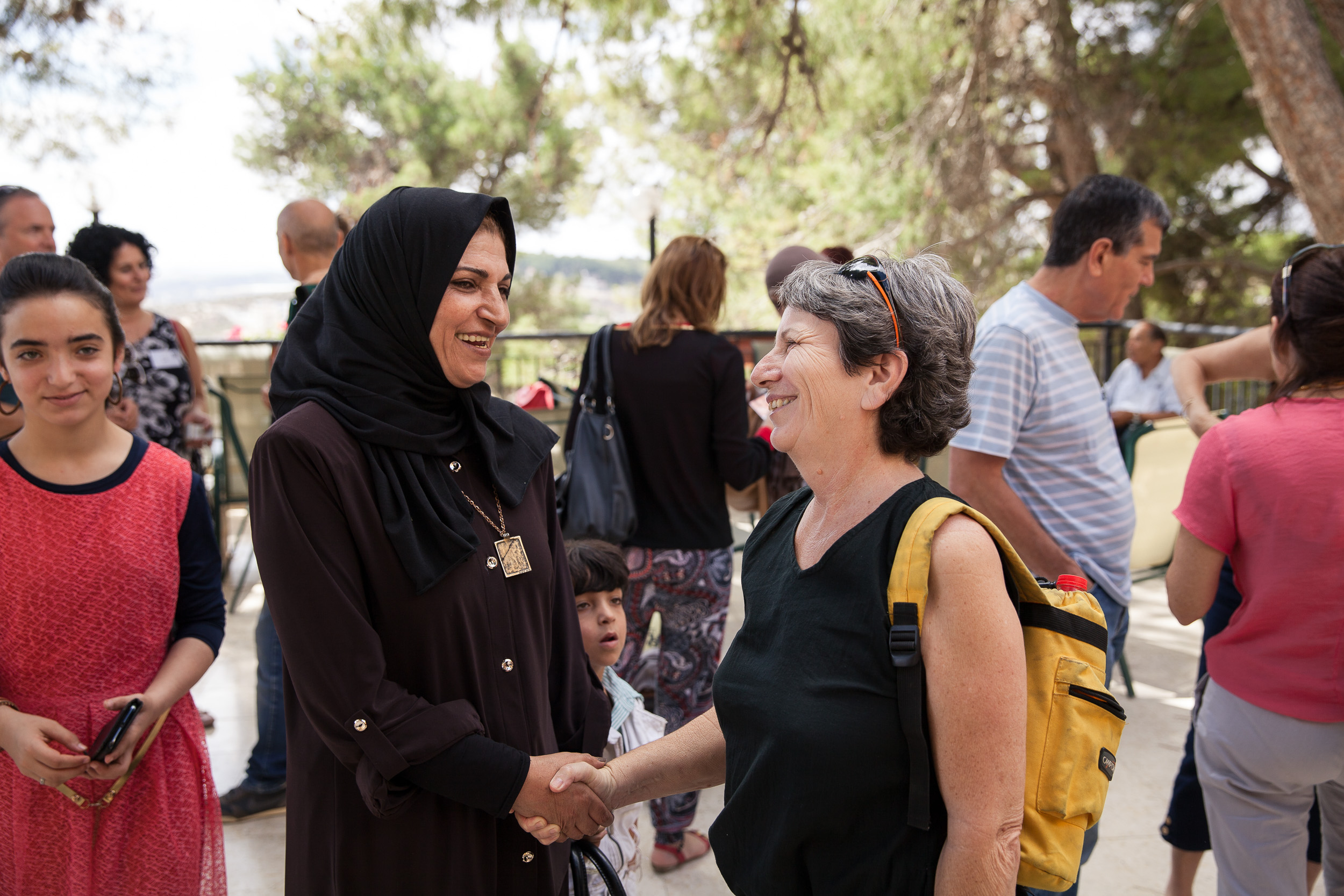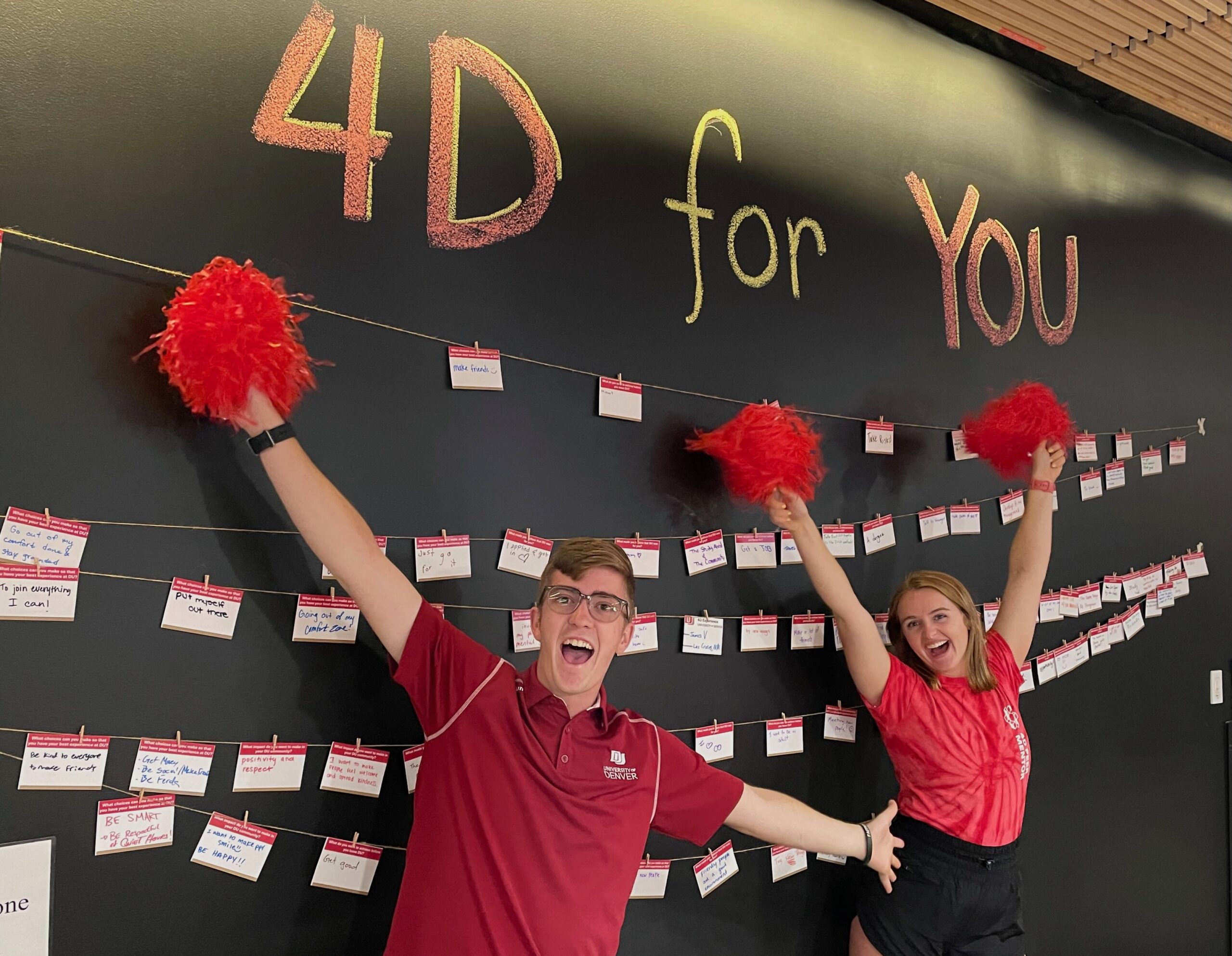Alexis Redding’s career has many interconnections. She was a college counselor who became a developmental psychologist to better understand why her students were struggling, despite their good choices. She now teaches her students at the Harvard Graduate School of Education about the kinds of emotional supports first year college students need but don’t often articulate. As the faculty chair of the school’s Mental Health in Higher Education Professional Education Program, she brings her training as a counselor to the necessary task of addressing student mental health from a variety of touch points.
In her recent book “The End of Adolescence: The Lost Art of Delaying Adulthood,” Redding continues to demonstrate the interconnectedness of life. With co-author Nancy Hill, she makes a strong case for giving young people the time and the license to become authentic authors of their own lives, as opposed to being “fast-tracked” into adulthood. Through a uniquely effective research method, the authors are able to reject the narrative that today’s students are over-protected and under-prepared by showing that becoming an adult has always been emotionally difficult. In addition to evidence within the literature, Redding and Hill review abandoned tapes of interviews with the Harvard and Radcliffe Class of 1975 and conclude that there are far more similarities than differences between that cohort and today’s Gen Z students.
Now, Redding and Hill are working on an extension of that research that involves reconnecting with the class of 1975 and interviewing Harvard classes of 2025 and 2026. The work is not yet complete but in our interview for LearningWell, we get a glimpse into what they are continuing to learn about the important developmental period known as “the college years.”
Here is an excerpt from our interview.
How did your experience as a college counselor and then a graduate school professor motivate you to write the book?
From my vantage point as a college counselor, I became concerned about how much our students were struggling emotionally in college, especially during the transition to school. And, while the struggles they experienced were quite similar to each other, no one seemed to be talking about them. Consequently, our students described feeling very alone and even worried they were doing something wrong. Once I saw this pattern, I knew that I could better prepare my high school students in advance, but I worried that we were missing opportunities to ease the transition and normalize these challenges for all students once they arrived at school. I wanted to do work to help ease the transition more broadly.
It all starts with how we talk about college. The story young people hear, far too often, is about college being the ‘best four years’ of their lives. The gap between what they expect and the reality can be profound. We don’t talk enough about what is going to be hard or help them develop strategies for navigating these predictable obstacles. And we do them a disservice by not being candid about the challenges they will encounter. Today, I train future student affairs practitioners to help build meaningful support structures and foster the kinds of conversations that I wish my own students had found at college so many years ago.
One motivation for writing our book was to help normalize these challenges for students, for their parents, for faculty members, and for student affairs practitioners as well. We want to empower students and everyone who cares about them to understand what it’s really going to be like and to give them the language to talk about it openly. It’s great to see how this simple change can have such a profound impact.
The way you do that is amazing – revealing what college students of almost five decades ago were feeling from interviews done on the class of 1975. Did you and your co-principal investigator go looking for this kind of information?
Not at all! I discovered that these interviews existed when I was doing research on achievement culture in an old attic building here at Harvard. I came across some misplaced pieces of paper that suggested a study had been done about the college experience in the 1970s that no one ever wrote about. I wanted to know more. (My father was an archeologist, and he trained this sort of curiosity in me.) It took about nine months to figure out where these data had come from, and then to track down the recordings of the interviews. Nobody thought they still existed. But, after many months of calling up box after box from archival storage and going through the attic and the basement to find all the data, I put the entire study back together again and even found the original recordings. We had incredible sound technicians lift the student voices off these degrading old reel-to-reel tapes and we eventually listened to these student interviews from 1972-1975 on our iPhones.
Were you surprised at what you discovered?
Nancy and I went in thinking we would study what was different between college in the 1970s and college today. We thought it would be an incredible time capsule to document what had changed over nearly half a century. It was startling when we began to listen to the recordings because there was so little actual difference. Both of us were struck by how similar those students were to the students who we advise and teach today. It was an interesting puzzle for us. I even coded the data three different times using three different analytic techniques because we were looking for differences. But what we kept coming back to was similarity. And eventually, we realized, that was a powerful conclusion that really contradicted a lot of our popular narratives about “kids today.”
Remarkably, in all the archival work, I ultimately found the documents that told us why the original research team abandoned the study. We had assumed it was because Dr. William Perry, who led the original study, had retired. But then we found minutes from the meeting where they made the decision. It turns out that the motivation for the project was to replicate a study they conducted in the 1950s because they had also assumed they would find that “kids today” were so different 25 years later. What they determined through their analysis was that there was essentially no difference in the developmental experience between those two cohorts. For them, this was a failure. Of course, that was the exact conclusion we had already come to through our analysis decades later, but we had a different take. We were excited to understand why there were such meaningful similarities and to unpack that in our research.
Recognizing the parallels around loneliness and isolation across generations can help us better understand what is ‘typical’ and what is a genuine ‘crisis.’
Whenever we present this work, people inevitably ask, “but what about social media? What about covid?” And, of course, we asked those questions too. It would be silly to imagine those realities don’t impact our lived experiences. Of course they do! But what stays the same is the developmental experience, the process of figuring out who you are and asking the big questions: “Who am I? Who do I want to be? What do I want my life to look like?” That experience is not tied to a specific decade or a specific moment in time, despite how much has changed between the generations.
What implications do you think this has for addressing some of the emotional and behavioral health struggles college students report today?
For me, it’s most important to recognize that college has always been hard for a lot of people and that these challenges are predictable and follow some established patterns. One of the things we documented in our research was the profound sense of loneliness that was reported, especially in the first two years. And students talk about those challenges in similar ways between the 1975 and the 2025 cohorts. Recognizing the parallels around loneliness and isolation across generations can help us better understand what is ‘typical’ and what is a genuine ‘crisis.’ As soon as a student calls home to say they’re having trouble or questioning if they fit in at school, family members can immediately – and understandably – panic. But if we understand that this is an expected challenge and that this is indeed typical of the student experience, we can have very different conversations before that call happens and we can respond in ways that can be more helpful in the moment as well.
A strong theme in the book is our needing to give students time to pause the fast tracks of their lives and discover who they are. How did your research influence this conclusion?
One of the biggest similarities across the two cohorts is the intense pressure young people feel to have it all figured out on day one. Students in both generations also struggle to navigate differences between what they envision for the future and what their parents expect, what their friends are doing, and what society says. It can be hard to take action when their goals diverge from those external stories. Trusting their internal voice is growth edge for students in this age group and something we can scaffold.
We tend to push students to make decisions about their future before they are ready. And our students get very mixed messages from us, especially when they’re coming into a place with a liberal arts curriculum. They are told: “it’s time to explore, it’s time to test out different ways of knowing and learning.” But we simultaneously say, “Be careful! If you don’t take this course now, the door will close. You won’t stay on track and you will miss out.” If we believe that students need more time for exploration, our curriculum genuinely needs to allow for that.
This story now continues. Tell us about your current work?
We are still fascinated by the similarities across the generations, but we are seeking to identify meaningful differences and continue to test our hypotheses as well. With that in mind, we are replicating the study with the classes of 2025 and 2026. We are using the exact same protocol, interviewing students annually an asking just one single question, “what stood out to you from the academic year?” We are three years into that work now. As in the original study, we are only following Harvard students so we have a one-to-one comparison, but the hope is, of course, to be able to expand and study at very different institutions that are more representative of college students as a whole. This is really just the first step.
The other exciting follow up is that we were granted permission to reopen the original study, and so we’ve spent the last two years interviewing the original participants from the Class of 1975. It is such a gift to get to do this work. The last time we heard from these participants was in June of 1975 when they were 22 or 23 years old, graduating and making decisions about going to grad school or the workforce. Now we meet them in their early seventies and they are at another pivot point – retirement. And few of them thought about this study at all in the 45 years in between. So, we can capture their stories in two very distinctive and pivotal moments in their lives.
The students who found their way to mentors had the help they needed to ask meaningful questions — What do I really want to do?
We first ask these participants to tell us the story of their life as they would tell it today. Then we ask them if they want to listen to their recordings and meet their younger selves. It’s a fascinating time capsule of their lives from about 19-23 years old. They write reflections after each of the four recordings, and then they come back and participate in an interview to make meaning of both what they heard and how it’s different and similar from their recollections.
What are you learning?
It’s too early to share anything beyond top line takeaways, (we’re just now wrapping up the interviews), but one of the important things that we are hearing has to do with how they remember their time in college. None of them remember college being as hard as what they hear themselves talking about on the recordings. That’s simply not the story that they have told themselves for almost half a century. They forgot how lonely they felt. And that’s totally natural – knowing that things turned out ok softened the intensity of the emotions that they felt in the moment.
The other thing that has emerged from this work, and something Nancy and I care deeply about: a confirmation of the importance of mentorship. The students who found their way to mentors had the help they needed to ask meaningful questions — What do I really want to do? How do I translate my interests into a vocation? Having followed up with these students 50 years later, we were able to see how much even the smallest mentoring interaction mattered to their lives.
Unfortunately, too many students – in both generations – don’t have meaningful mentoring experiences. In the absence of genuine mentorship, it is too easy to land on a default path. Colleges and universities can be more intentional about creating opportunities for students to have a range of mentoring experience – not just the big, long-term relationships we tend to prioritize now. The small-scale mentorship interactions matter a lot – even 50 years later!




